Steel structure and space frame are exposed in the air for a long time, when climate change, the relative humidity of the air exceeds a certain critical value, the water film will be formed on the surface of steel, the critical value of air humidity and steel surface state and surface with or without hygroscopic material, when the air is polluted or in the coastal area when the air contains salt, the critical humidity is very low, and the surface of steel is prone to form a water film.
Corrosion of steel is mainly electrochemical corrosion, steel structure in the welding caused by differences in materials with the parent material, weld slag and stress will form a corrosion battery cathode and anode area, especially steel surface rust removal is not complete, the surface of the steel is left a layer of rolled iron oxide. Some people think that this oxide skin is not rust, in fact, this is not, this oxide skin is a high temperature corrosion products, mainly tetraoxo iron, which contains a trace of salt in the water, and the electrode potential difference between steel up to 0.26 volts. In the water film, rolling oxide skin will serve as the cathode, pure steel to form the anode. The anode is continually corroded, the cathode gradually expands, the corrosion products arch through the coating, and the steel structure is corroded.
To do a good job of anti-corrosion engineering, to achieve the effect of long-lasting anti-corrosion, must meet the three basic requirements, namely: a good surface treatment, the choice of high-performance materials, to achieve a certain coating thickness.
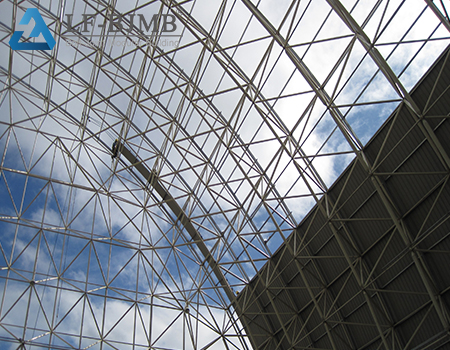
1.Surface treatment
Surface treatment is very important, the same kind of paint, the same kind of corrosive environment, the use of spray jet descaling than manual descaling paint film life can be extended three times to five times.
The dirt and rust layer on the surface of steel should be removed, especially the black oxide formed when rolling steel, which is the cathode of electrochemical corrosion and the root cause of corrosion, and must be removed. The quality of surface treatment should reach Sa2.5 level of steel surface pretreatment before painting.
2.Material Selection
Special anti-corrosion paint is still the main means of anti-corrosion for steel structure and spaceframe. Anti-corrosion paint can be divided into primer, middle paint and top coat according to the protection function, each layer of paint has its own characteristics, each has its own responsibility, and several layers are combined to form a composite coating to improve the anti-corrosion performance and prolong the service life.
2.1 Undercoating
2.1.1 Zinc-rich primers
Zinc-rich primers consist of a large amount of fine zinc powder with a small amount of film-forming base material. Zinc has a higher electrochemical activity than steel and has a “self-sacrificing” effect when corroded, so that the steel is protected. The corrosion product zinc oxide fills the voids and makes the coating more dense. As a primer for anti-corrosion coating series, the general thickness is 30-40 microns, too thick and easy to crack and peel.
There are three types of zinc-rich primers in common use:
(1) Water glass inorganic zinc-rich primer.
The inorganic zinc-rich primer developed fifty years ago is based on water glass, adding zinc powder, mixed and painted. After curing, it should be rinsed with water, the construction process is complicated, the process conditions are harsh, the surface treatment must be above Sa2.5 level, in addition to the ambient temperature, humidity requirements, the formation of the film is easy to crack, peeling, and has been rarely used.
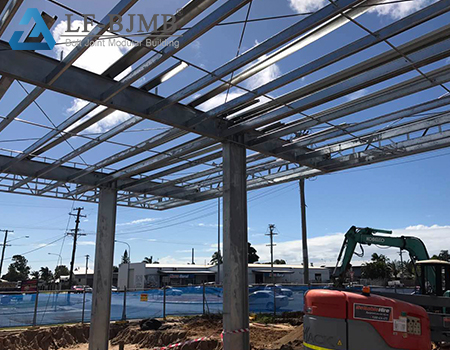
(2) Alcohol-soluble inorganic zinc-rich primer.
The primer is based on ethyl orthosilicate, alcohol as solvent, polymerised by partial hydrolysis, mixed with zinc powder and coated to form a film.
(3) Organic zinc-rich primers.
Organic zinc-rich primer is an epoxy resin as a film-forming base material, adding zinc powder, curing to form a coating.
Epoxy zinc-rich primer not only has excellent anticorrosion properties, but also has strong adhesion and combines closely with the next coating of epoxy ferrocement intermediate paint, and other high-performance intermediate paints have good adhesion. It is mainly used for the anti-corrosion of steel frame structure and petrochemical equipment in general atmosphere.
Inorganic zinc-rich primer compared with epoxy zinc-rich primer, their respective characteristics are:
(1) Inorganic zinc-rich primer has chemical reaction with steel, is a chemical combination, corrosion resistance, durability is better than epoxy zinc-rich. Inorganic zinc-rich surface treatment requirements are higher, requiring sandblasting rust removal to Sa2.5 level, while the epoxy zinc-rich Sa2 level.
(2) Inorganic zinc-rich heat resistance, solvent resistance, electrical conductivity is better than epoxy, but mechanical properties than epoxy zinc-rich lower.
(3) Epoxy zinc-rich is easy to match with top coat, inorganic zinc-rich is subject to certain limitations, easy to blister and flake when applying top coat.
(4) Inorganic zinc-rich construction has higher environmental requirements than epoxy zinc-rich.
2.1.2 Epoxy iron red primer
Epoxy iron oxide red primer is a two-component coating in cans, the first component (paint) is made of epoxy resin, iron oxide red and other antirust pigments, toughening agent, anti-sinking agent, etc., and the second component is a curing agent, which is proportionally blended during construction.
Iron oxide red is a kind of physical antirust pigment, its nature is stable, strong covering power, fine particles, can play a very good shielding effect in the paint film, has a very good anti-rust performance. Epoxy iron oxide red primer on the steel plate and the upper layer of epoxy paint have good adhesion, fast drying at room temperature, the upper layer of surface paint does not bleed, more commonly used in steel pipelines, storage tanks, steel structure anticorrosion engineering, for rust primer use.
Epoxy Iron Red Primer contains corrosion inhibitor, when the top coat is damaged, the primer corrosion inhibitor plays the role of passivation and corrosion inhibition, can still protect the steel.



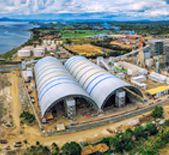
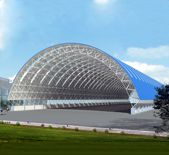

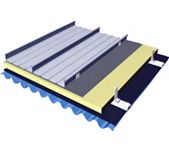
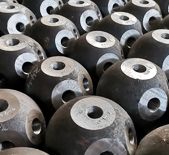



 About Us
About Us 2025-01-24
2025-01-24


